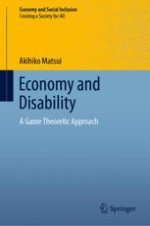2019 | OriginalPaper | Chapter
12. A Model of Man as a Creator of the World
Activate our intelligent search to find suitable subject content or patents.
Select sections of text to find matching patents with Artificial Intelligence. powered by
Select sections of text to find additional relevant content using AI-assisted search. powered by
